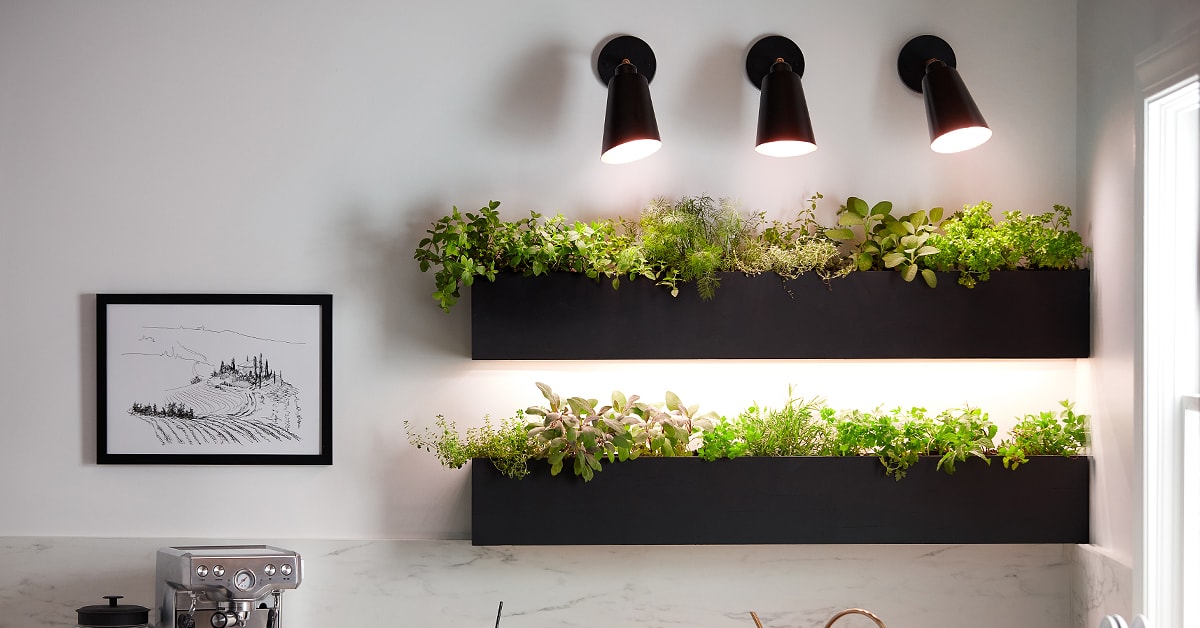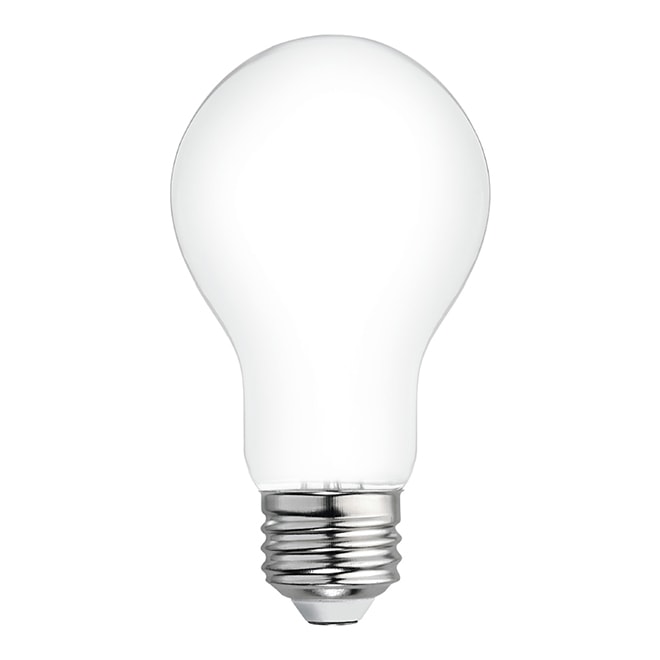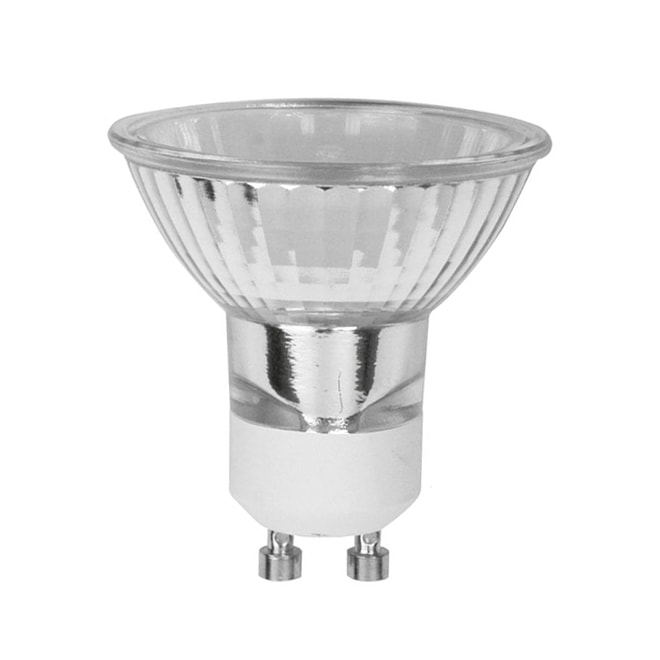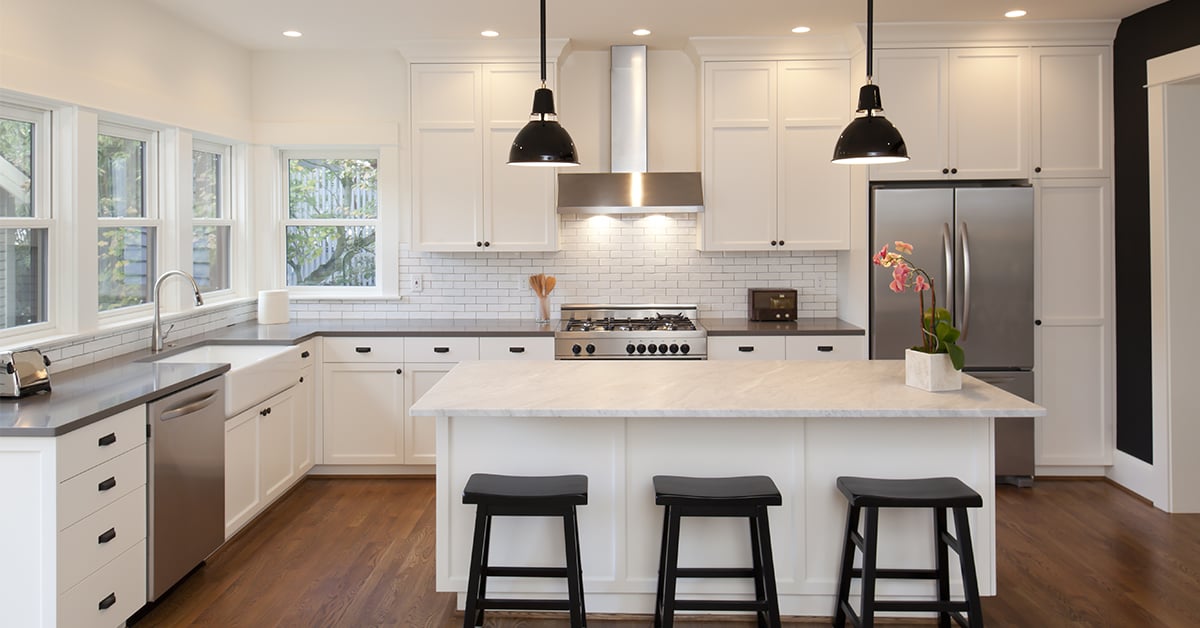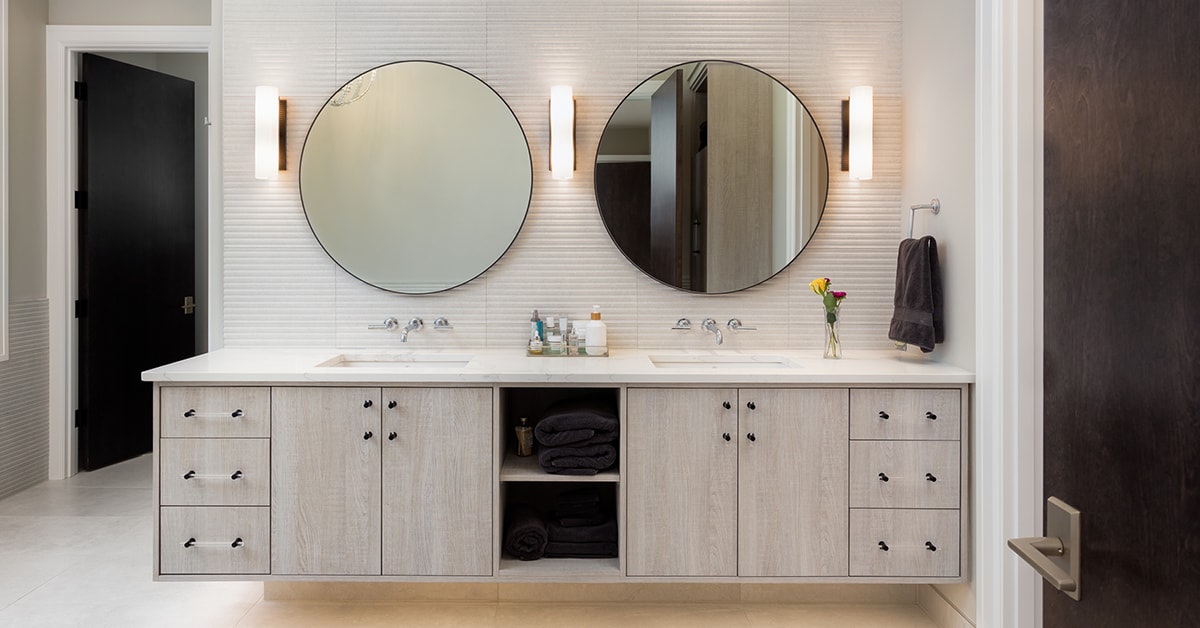Expert Room Lighting Solutions
The right combination of light bulbs and light fixtures strikes the perfect ambience. Learning a bit about the role of lighting in home decor and functionality will help you achieve the desired results. For a more in-depth look at different lighting solutions, read over our expert tips for home lighting.
Lighting labels offer a glance at some of the most important features of a light bulb, making your selection easier. Read the label to find out the colour and brightness of the light, the life expectancy of the bulb, the energy use and estimated cost to run, and whether the bulb contains any mercury.

Lighting has a direct effect on the overall mood and atmosphere of a room.










